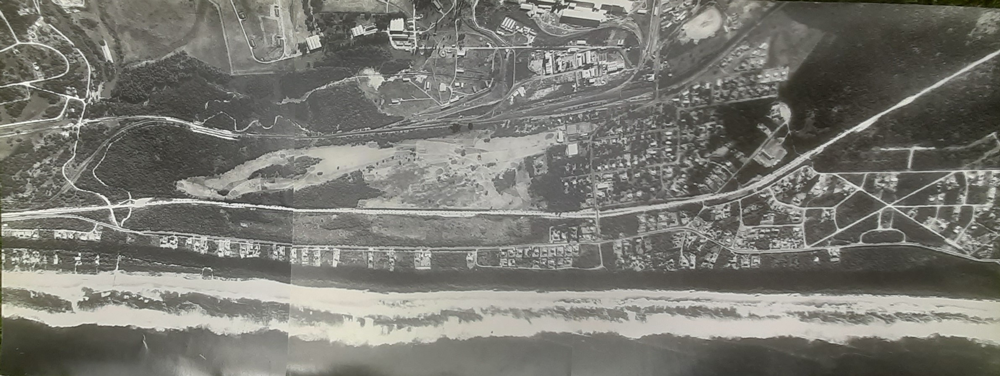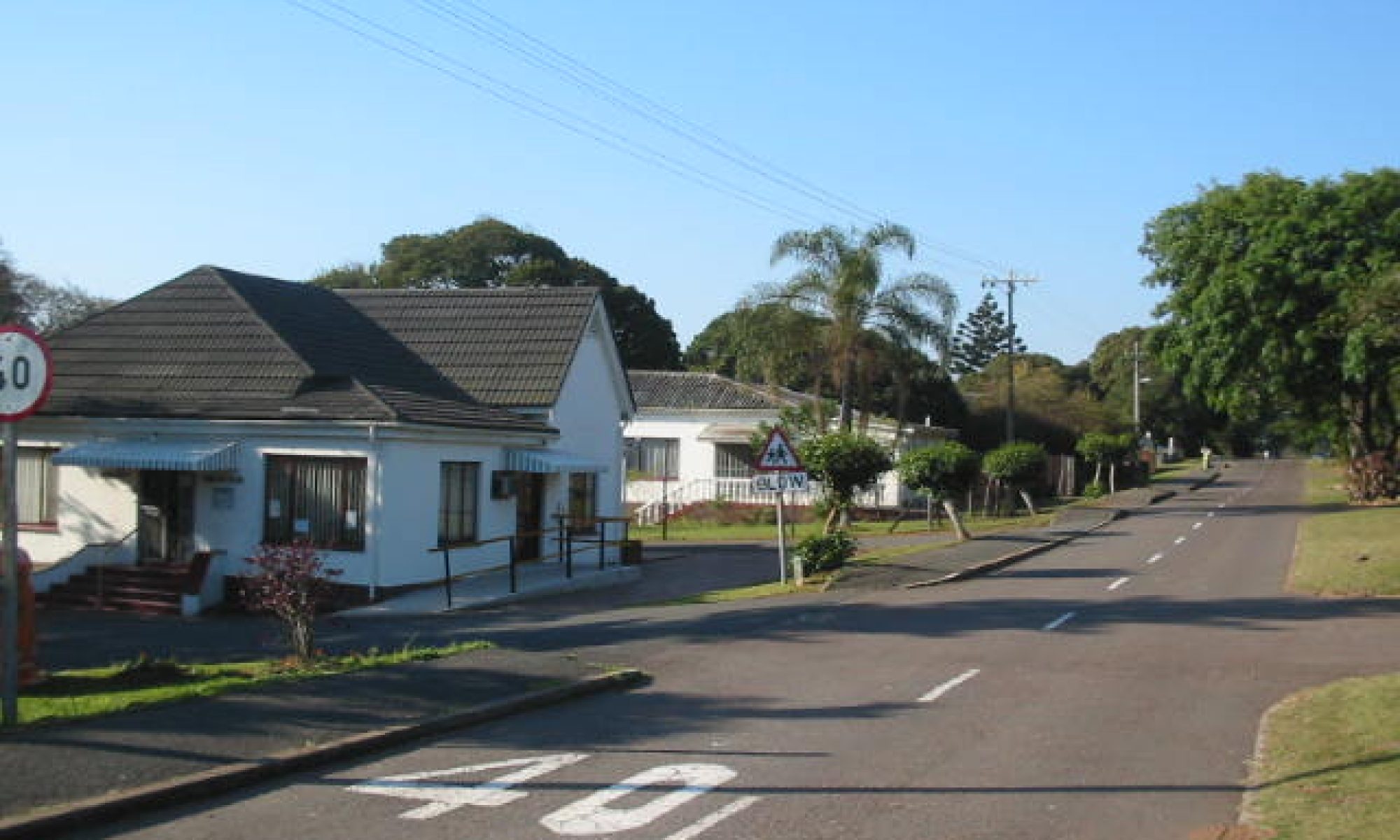“There are many factories belonging to ICI and its’ associated companies and some are much older than Umbogintwini, but there can surely be few that have a more interesting history.”
(Mr. W. V. Blewett – factory manager 1922 – 1928 when Kynochs was part of Imperial Chemical Industries)
This website is in four parts. Click onto one of the following or read all parts:
P1. My own story with some pictures, sketches and links to other sites
P2. Additional information
P3. Comments from readers
P4. Gallery
This updated version follows extra information that I have obtained as well as comments and information supplied by the Toti-ites – 60’s and 70’s Facebook Club and others. The great comments provided at the end of my website have also triggered many memories for me. I have responded to all those who have contributed by using their personal email addresses rather than on the public forum, so thanks to all for the interest shown.
Umbogintwini as most of us knew is the anglicized version of the Zulu word Mbokodweni or eZimbokodweni for the “river where round stones are collected” i.e. as used in grinding corn. The anglicized version was in any case too long for most with the name being abbreviated to Twini. My cousin from Durban, who also lived for a short period in the village, further abbreviated the name (tongue in cheek) to MBog. In the same way adjoining areas of Amanzimtoti to the south and Isipingo to the north were usually abbreviated to Toti or Pingo. By comparison adjoining Athlone Park retained its full name.
My name is Ken Grubb and I lived in Twini village between 1955 and 1975. I felt the need to put pen to paper after recently googling an “aerial image of Umbogintwini” and was shocked to see that the village area has been almost totally obliterated by new works including high density residential units, shopping centres and commercial works. Other than the remaining parts of Chamberlain and Oppenheimer Road, it looks like the area has been written out of history. The Jubilee Hall and war memorial, formerly opposite the corner of Oppenheimer and Highbury Roads, have even been demolished although the Catholic church cemetery is still in place. The 9 hole golf course is now covered with shopping centres. Also I could not find any composite information on the village which gave me further motivation to produce this article. Even the museum that had been established in the early 2000s was demolished but is now in the process of being re-established at the head office.
I moved to Highbury Road in 1955 when my father got a job at Kynochs, as it was still referred to until the 1960s. Growing up in Twini would fulfil most boys’ dreams with all the outdoor activities from ‘bundu bashing’ to catching karanteen off the rocks at low tide at Twini Beach. Collecting was almost a Victorian way of life whether it was stamps, coins, butterflies, birds and even snakes. The village, being almost a self-contained entity, was probably the last vestige of that classic village lifestyle of old. Everything seemed more or less as it was in my time, even up to the last of my regular visits to Twini in 2002 when I took some photographs of Highbury Road. If I had known. what devastation was to follow I would have taken many more photographs around the village.
After Umbogintwini Government School I went to the Kingsway High School of old in Doonside then completed my compulsory military training in the South Africa Air Force in 1971 before completing my first degree in Geology at the University of Natal. My wife Tricia and I decided to make a move to Brisbane Australia in 1981 having watched a movie set on Hayman Island on the Barrier Reef. We selected Brisbane because it is roughly on the same latitude as Durban – amazing logic. Not knowing anyone in Brisbane, we now look back at the optimism of our youth. Anyway my qualifications and engineering geology experience held us in good stead so we made quick headway in our new land. I obtained a Masters in Applied Science at Queensland University of Technology in 1989 and then got registration as a Registered Professional Engineer in Queensland and a Chartered Professional Engineer in Australia in the same year, having being the first geologist to my knowledge to obtain the Queensland accreditation. I subsequently set up Moreton Geotechnical Services P/L (www.moretongeotech.com.au), which has been operating for 32 years, and now specialises in building over abandoned coal mines in the Ipswich region. Our three kids are all true blue and all have completed degrees and are moving on with their own lives.
My memories covered below, which are in no particular order, are far from comprehensive and are planned to be updated from time to time. For this reason I have left a blog at the end for others from the Twini area who are interested in adding to my story and supplying photos if possible. Hopefully my article will also bring back many memories for others.
Names where applicable have been restricted to first names to protect the privacy of those mentioned unless subsequent permission is given to include surnames. The spelling of some Zulu names in particular are not necessarily correct as I have used the letters to produce the nearest English pronunciation. Both imperial and metric measurements have been used.
Finally the information below is based on my recollections as well as information from books, internet references and other sources that I have generally provided throughout my article.
Ex Twini-ites are now spread out far and wide as revealed in the comments section in Part 3. Comments have come in from Netherlands, England, Scotland, Ireland, Canada, Italy, New Zealand, Australia and South Africa.

Reference: Modderfontein Museum
Circa 1955 aerial photo
NOTE: the earthworks for the re-development of the golf course and sportsfield, no Jubilee Hall, no lower field at Twini School etc.
